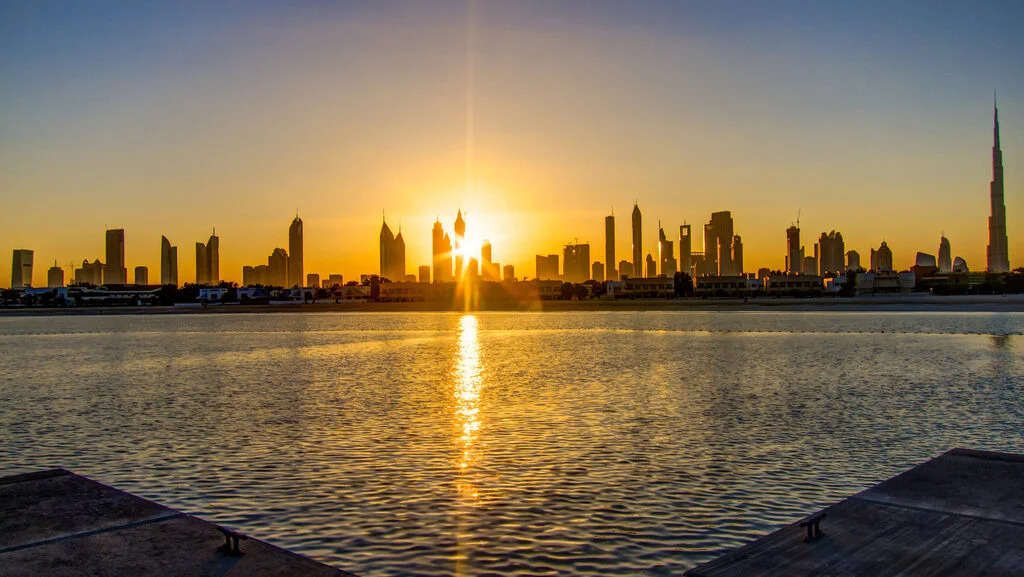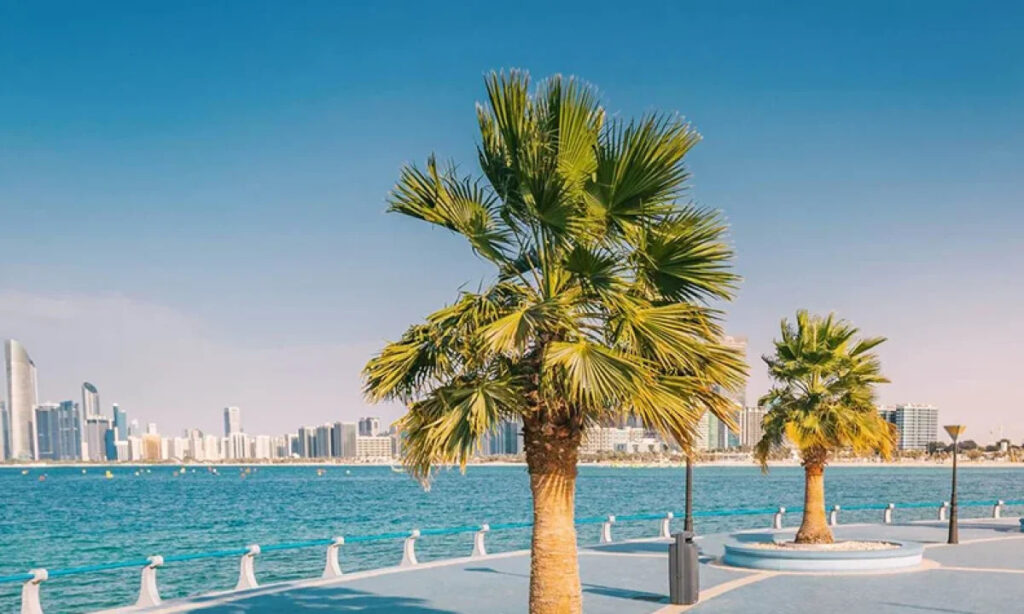It is time to open the sunscreen and things are about to get hot, as summer in UAE officially commences on June 21, 2025. That is the summer solstice, the longest day of the year, and it is the reason astronomical summer begins across the Northern Hemisphere. However, along with being a seasonal milestone, the solstice does not necessarily mean the hottest day of the year, as that lies later down the line.

Table of Contents
June 21 – The Official Beginning of Summer
Summer solstice falls on June 21, 6.42 am in Dubai and marks the longest day of daylight during the year with 13 hours and 42 minutes. That is almost three hours more of sun than the winter solstice of 2024 December 21, where daylight was only 10 hours and 42 minutes.
At that, this additional sunlight does not necessarily imply the hottest weather on that particular day yet it indicates that the UAE has now entered the peak of summertime its temperatures begin rising, winds become more intense, humidity levels are going to be higher.
How Hot Will Summer in the UAE Get?
In June, the average daytime sets to a high temperature of between 47 to 49 degrees Celsius, and sometimes even exceeding 50 degrees Celsius. The extreme values however are determined as part of warm-weather trend according to the National Centre of Meteorology as opposed to a sudden shift brought about by the solstice. In June, temperature is usually 2-3 degrees higher than that in May.

The Chairman of the Emirates Astronomy Society Ibrahim Al-Jarwan observes that astronomical summer will continue through to September 23. Throughout this period of three months, there will be average high temperatures of between 41 degrees Celsius and 43 degrees Celsius, with high levels of dry desert wind coupled with arid conditions that test the toughest of residents.
Humidity – The Silent Intensity
Although the thermometer can indicate a certain figure, it is the humidity that makes the summer in Dubai a real challenge. High humid conditions are especially prevailing on coastal areas such as Dubai and Abu Dhabi; this contributes to an increased heat index or what is known as the feels-like temperature.
The level of humidity varies, according to the source of the air masses:
- Maritime air from the Gulf is sticky with high moisture levels hence humid days and nights.
- Continental air tends to be dry, usually southeast or southwest, and blistering hot.
When both the temperature and humidity of air reach their highest point, their condition makes the human body unable to cool down through sweating and hence its sensation of high temperatures much higher than the temperature shown by the thermometer.
Expect Strong Winds
Another event accompanying the UAE summer is the presence of gusty winds, mostly in July and August, which increase dust storms and poor visibility. These winds are usually born in the Empty Quarter (Rub al Khali) and may increase the sensation of dryness and discomfort.

The longest and brightest hours of the day in the UAE lean between June 1 to 24, with a sunrise of up to 13 hours and 43 minutes per day. Following this span, intervals start getting shorter and short day-by-day, but the heat hangs on until late September.
So, How Long Will Summer Last in 2025?
According to the calculations made by the astronomers about the UAE nearest summer season of 2025, it will officially start on June 21 and end on September 23, 2025. However, in real life, extreme heat can continue until the beginning of October, especially in the south and in the desert, in general.
Also Read: Top 5 Sundowners in Dubai to Stay Cool in Hot Summers
Final Thoughts

As the summer of 2025 in the UAE begins on June 21, the residents and visitors are supposed to get ready with some months of severe heat, intense humidity, and extended daylight. Although the season concludes in September, the warmth that lingers in the air during the late summers usually tends to extend up until October. Being a long-time resident or a first-time visitor to the UAE it is important to know how the summer in the UAE works to enable them to make better and safer decisions during the severe months.

